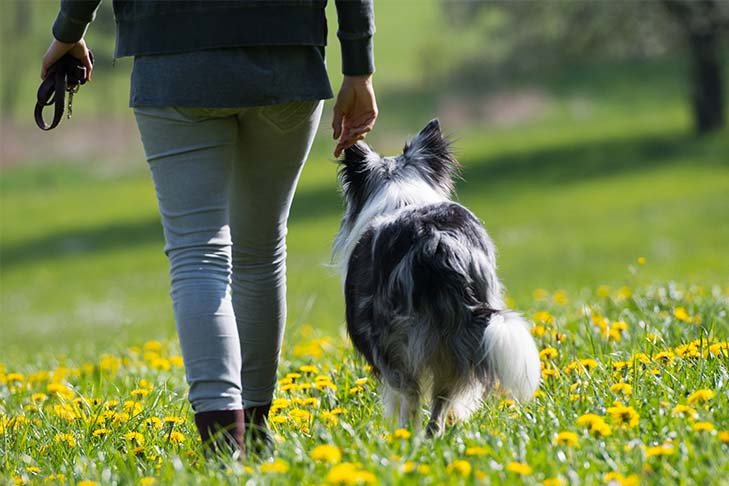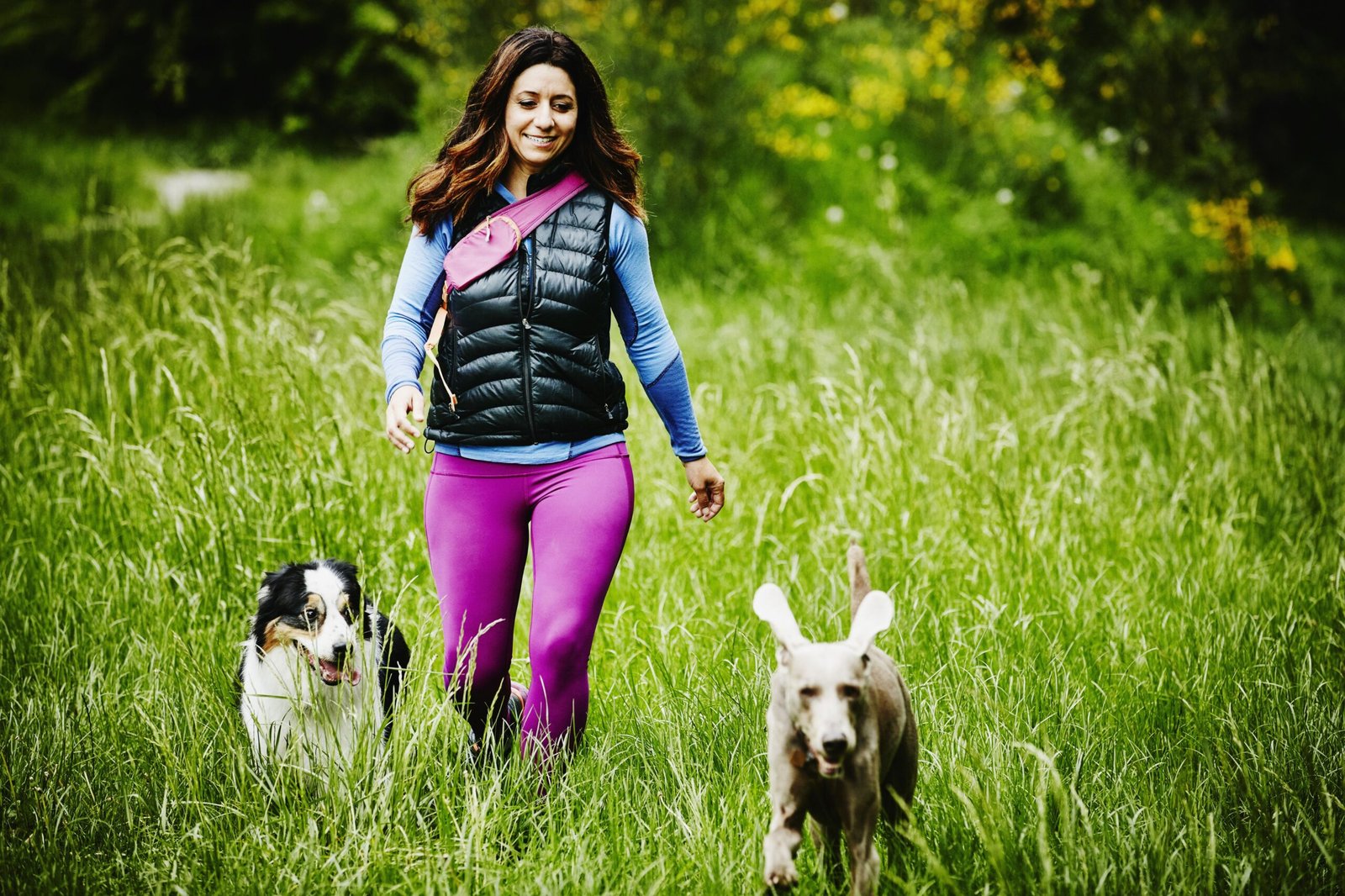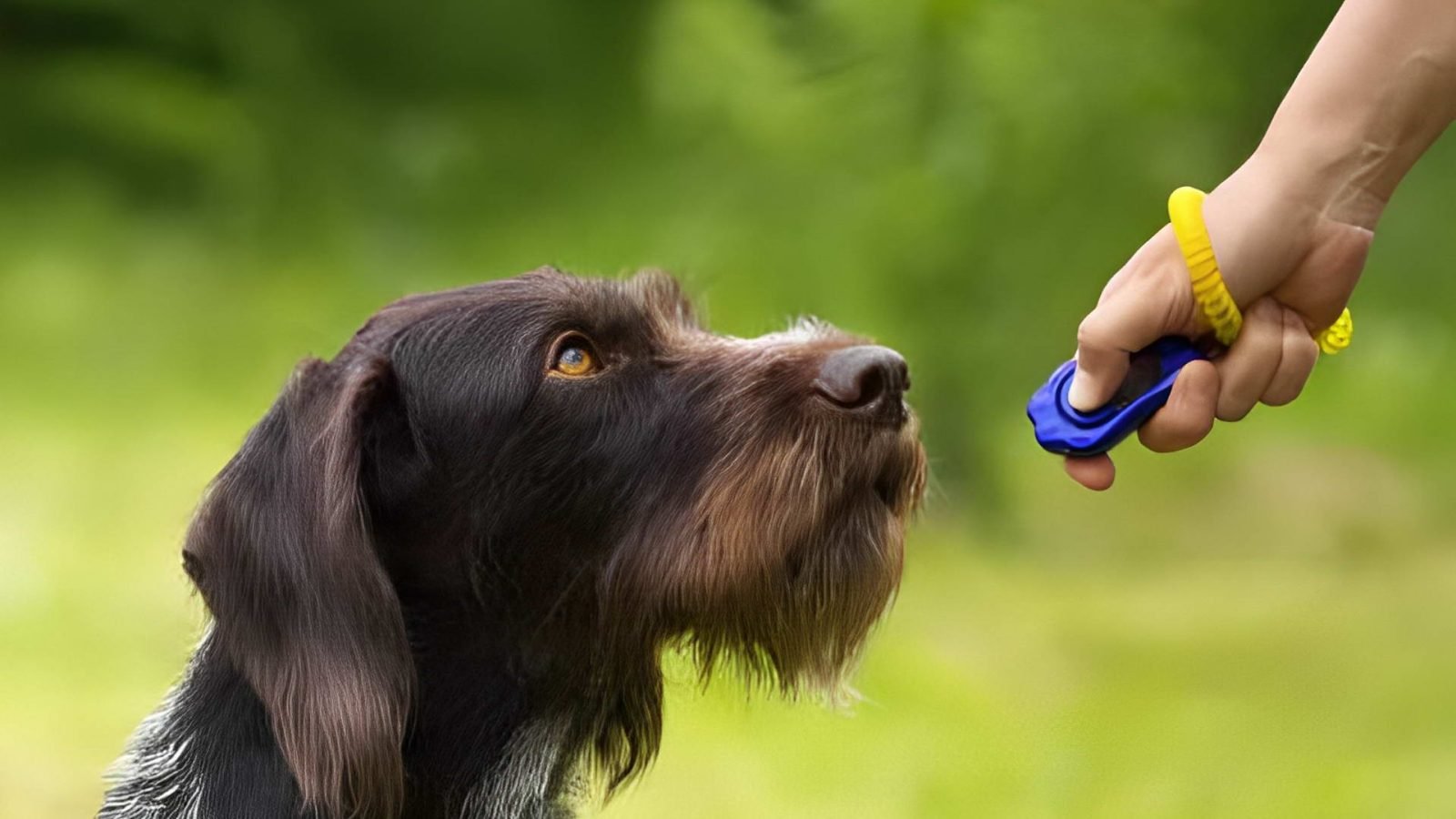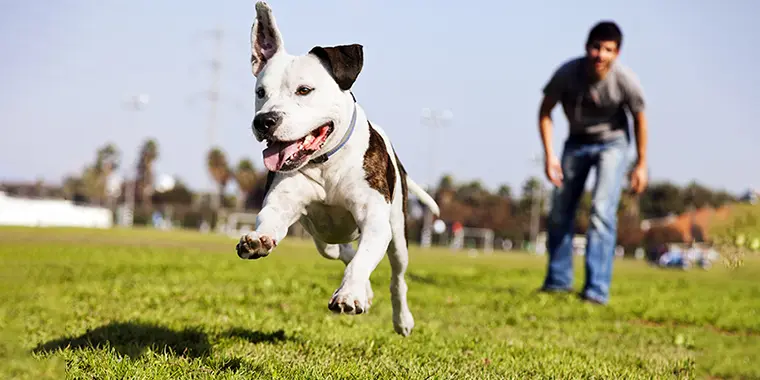Training your dog for off-leash walking is a rewarding goal. It allows you to enjoy more freedom and lets your dog explore the world with you. If you’re wondering how to train a dog for off-leash walking, it requires patience, consistency, and some careful planning. In this article, we will guide you through the steps to help your pet become comfortable walking without a leash.
1. Start with Basic Obedience Training
Before you can even think about how to train a dog for off-leash walking, your dog needs to master basic obedience commands. Commands like “sit,” “stay,” “come,” and “heel” are essential. These commands will help you control your dog and ensure their safety, especially in an open area.
Start by practicing these commands in a quiet, familiar area. Make sure your dog listens to you and follows instructions before moving on to more advanced training.
Tip:
If your dog doesn’t yet know basic commands, focus on that first. They need a solid foundation before progressing to off-leash training.

2. Use a Long Leash for Initial Training
One of the first steps in how to train a dog for off-leash walking is using a long leash. A long leash allows your dog to have some freedom while still giving you control. This helps bridge the gap between walking with a leash and walking without one.
Choose a leash that’s at least 15-20 feet long, so your dog has enough space to move but you still have control. Practice basic commands and gradually let your dog wander while you walk, ensuring they respond to you when needed.
Tip:
Always reward your dog when they follow your commands while on the long leash. Positive reinforcement is key.
3. Train in a Secure, Fenced Area
Once your dog is comfortable with basic commands on the long leash, it’s time to begin practicing off-leash walking in a secure, fenced area. This is an important step in how to train a dog for off-leash walking because it gives your dog a safe space to practice without the risk of running into danger.
Allow your dog to roam freely within the fenced area while you give them commands. Start walking around and call your dog to you. Reward them for responding. It’s important to remain calm and patient, as your dog may be distracted by the new environment.
Tip:
Practice for short sessions and gradually increase the duration as your dog becomes more confident and responsive.
4. Gradually Introduce Open Areas
After your dog is comfortable in the fenced area, it’s time to move to a more open space. Find a quiet park or area with fewer distractions. Here, you can begin practicing how to train a dog for off-leash walking in a real-world setting.
Take your dog off the long leash and give them commands as you walk. Call your dog to you and reward them with treats or praise when they respond quickly. Keep practicing the “come” command frequently, as it is the most important for off-leash walking.
Tip:
Always be patient and consistent. If your dog becomes distracted or runs off, calmly call them back. Never punish your dog if they don’t immediately respond. Positive reinforcement is crucial.
5. Use High-Value Rewards
When teaching how to train a dog for off-leash walking, high-value rewards are essential. Use treats that your dog loves, or a favorite toy, to keep them focused and motivated. When your dog follows commands, reward them with something they really enjoy. This reinforces the behavior and encourages your dog to listen to you.
During training, avoid using low-value rewards, like regular kibble, as they won’t be as motivating for your dog. Make sure to reward good behavior immediately so your dog associates the action with the reward.
Tip:
If your dog is very food-driven, use small, tasty treats to keep their attention and avoid overfeeding.
6. Practice in Different Environments
As you progress, practice off-leash walking in various environments. Start in quiet, low-distraction areas and gradually move to busier places, like parks or city streets. This will help your dog learn to focus on you, even when there are many distractions.
By practicing in different environments, you teach your dog to be responsive in a variety of situations, making them safer and more reliable when walking without a leash.
Tip:
Make sure to practice in environments with a lot of distractions, like other dogs or people, so your dog learns to stay focused on you.
7. Be Patient and Consistent
The final step in how to train a dog for off-leash walking is to remain patient and consistent. Some dogs learn faster than others, so it’s important not to rush the process. Off-leash walking takes time and practice. If your dog doesn’t always respond right away, that’s okay. Keep practicing in different areas and always use positive reinforcement.
Tip:
Set aside a few minutes every day to practice off-leash walking. Consistency will lead to success.
Conclusion
Training your dog for off-leash walking is a gradual process that requires patience, practice, and consistency. Start by focusing on basic obedience, use a long leash for initial training, and gradually move to more open environments. Reward your dog with high-value treats, practice in different settings, and always remain calm. Following these steps will help you teach your dog how to train a dog for off-leash walking, making your walks more enjoyable and safe for both you and your dog.











